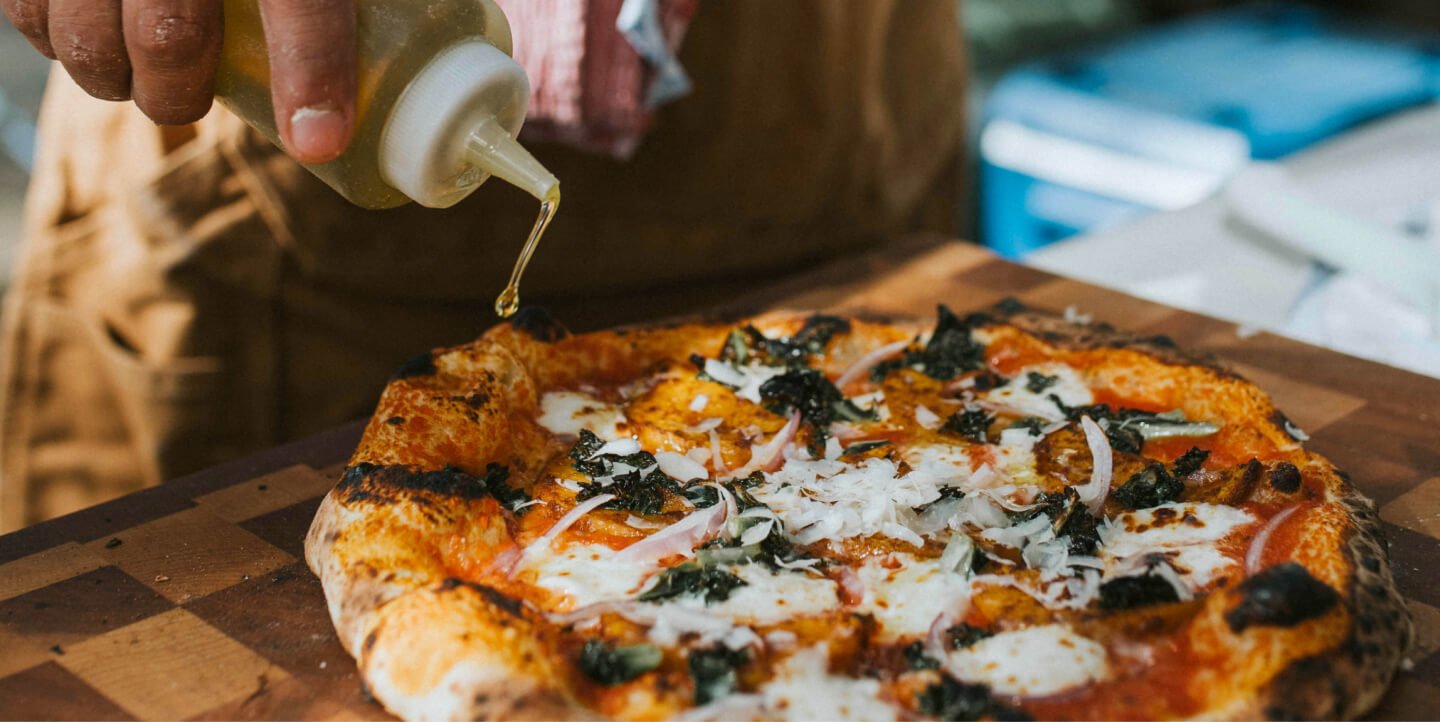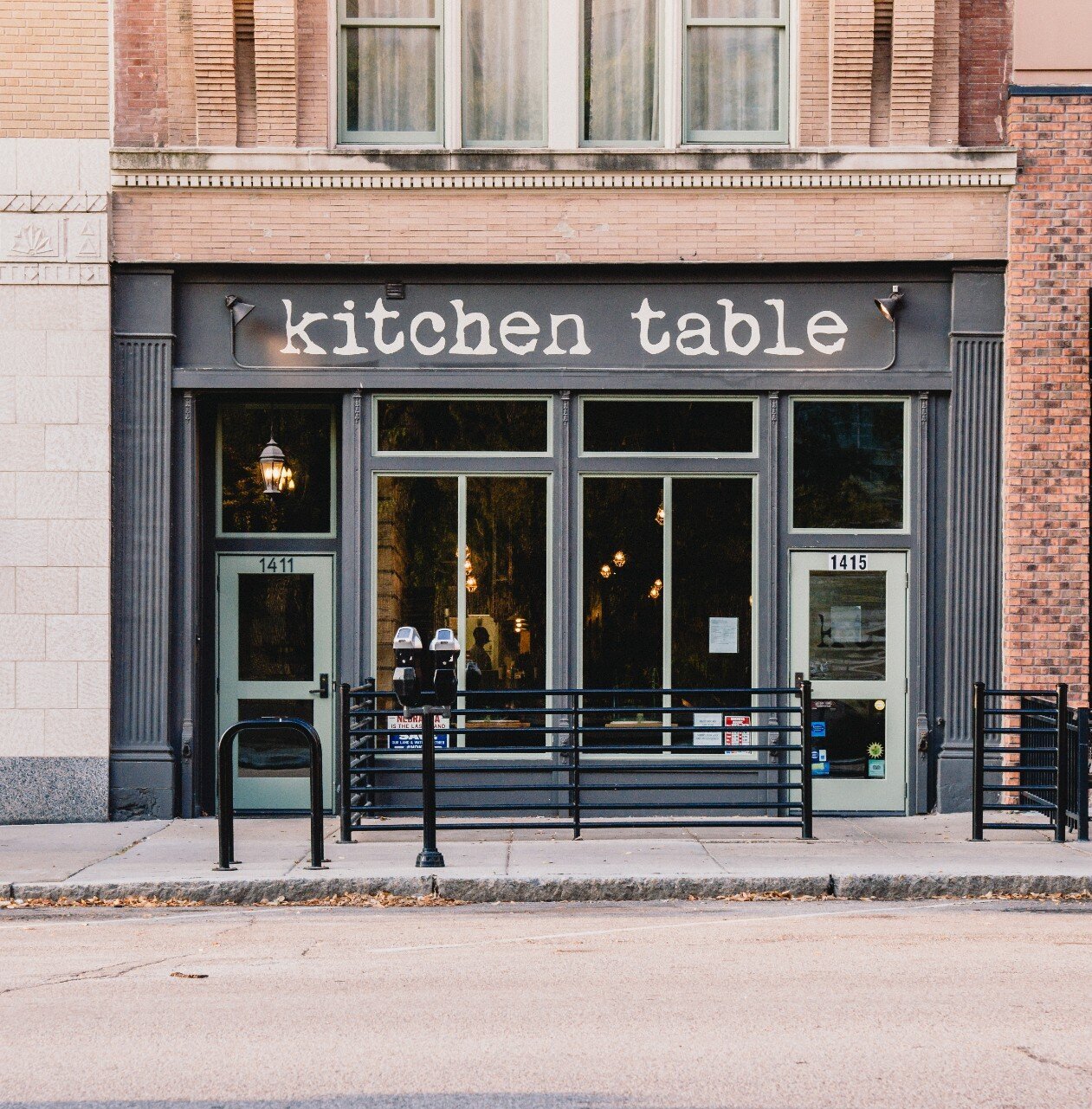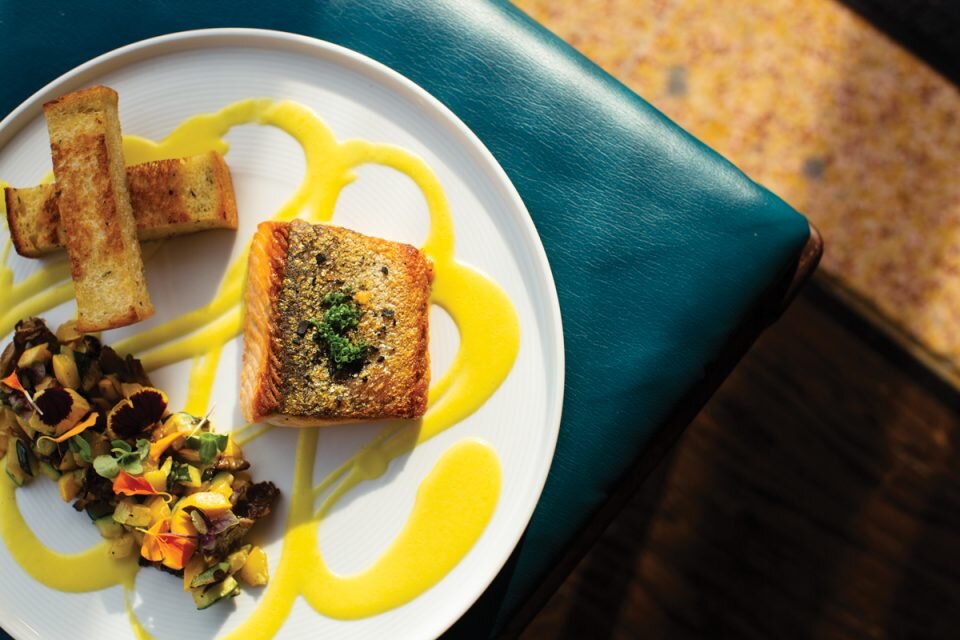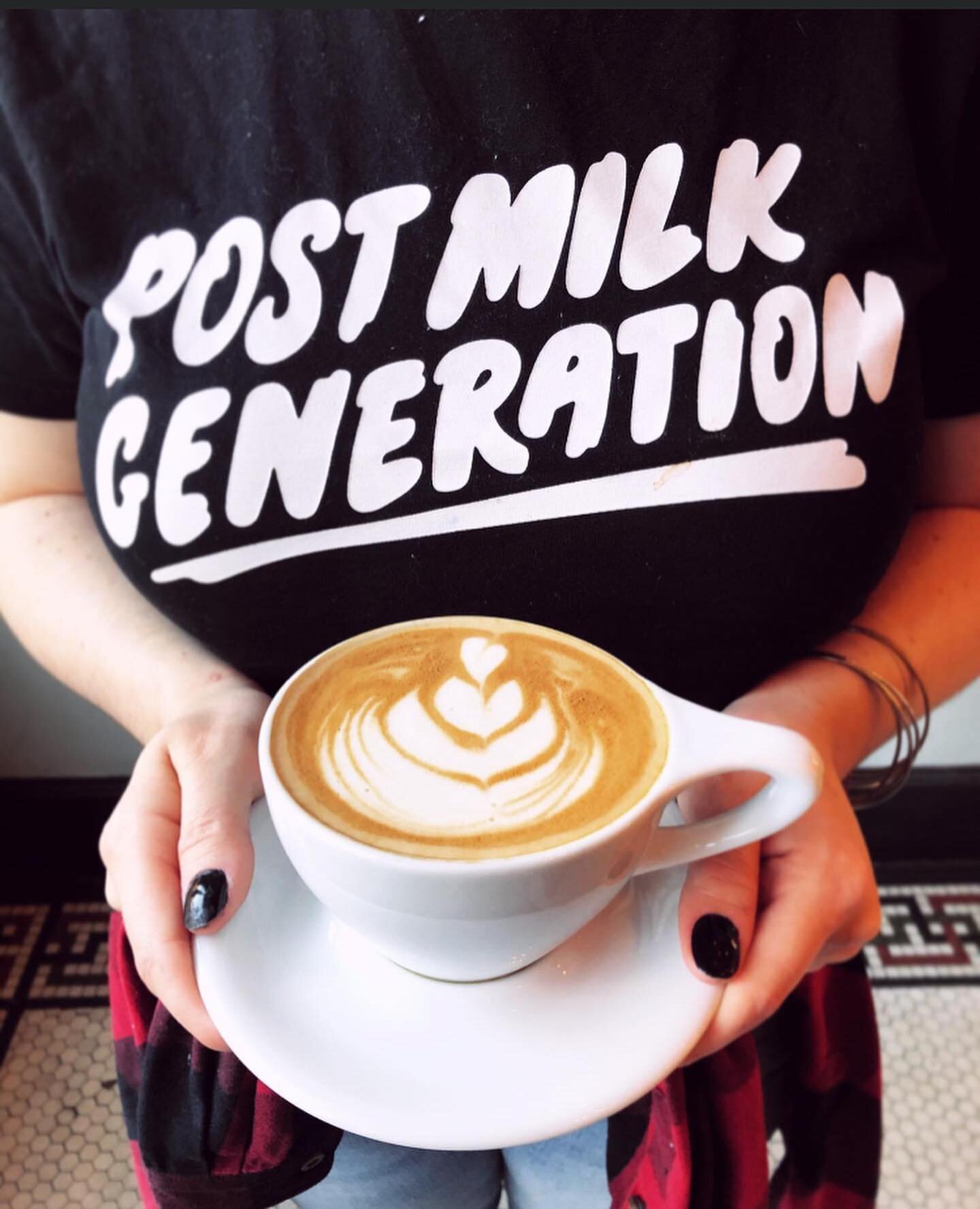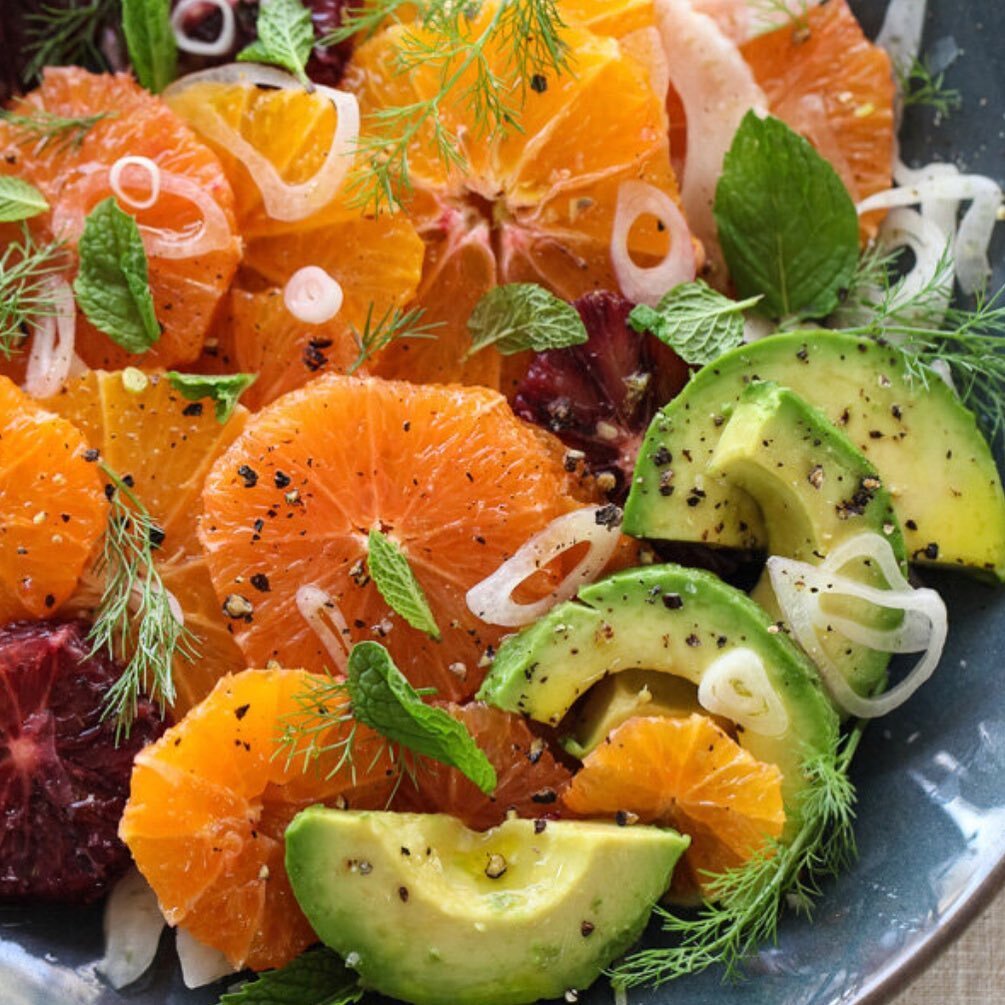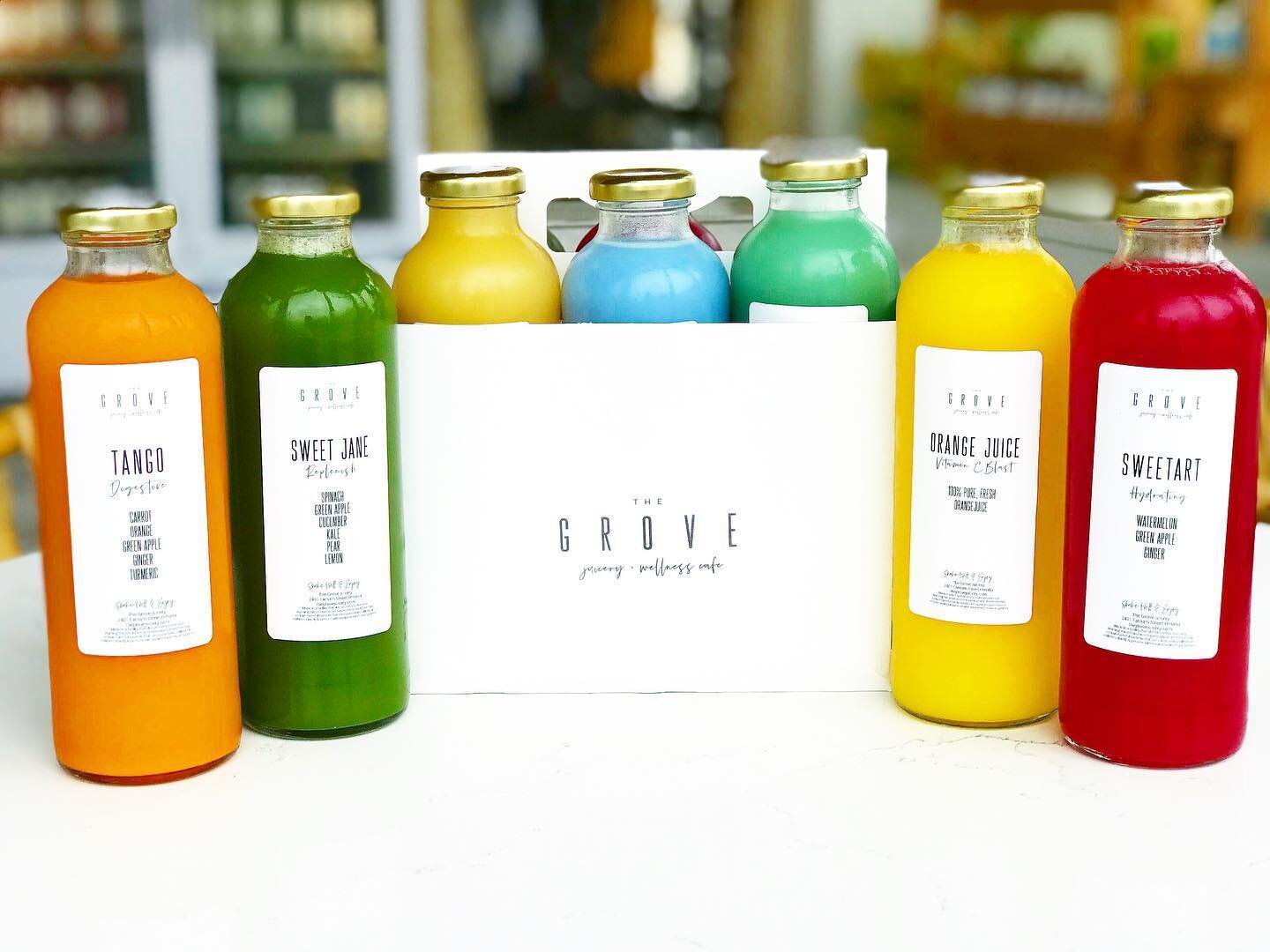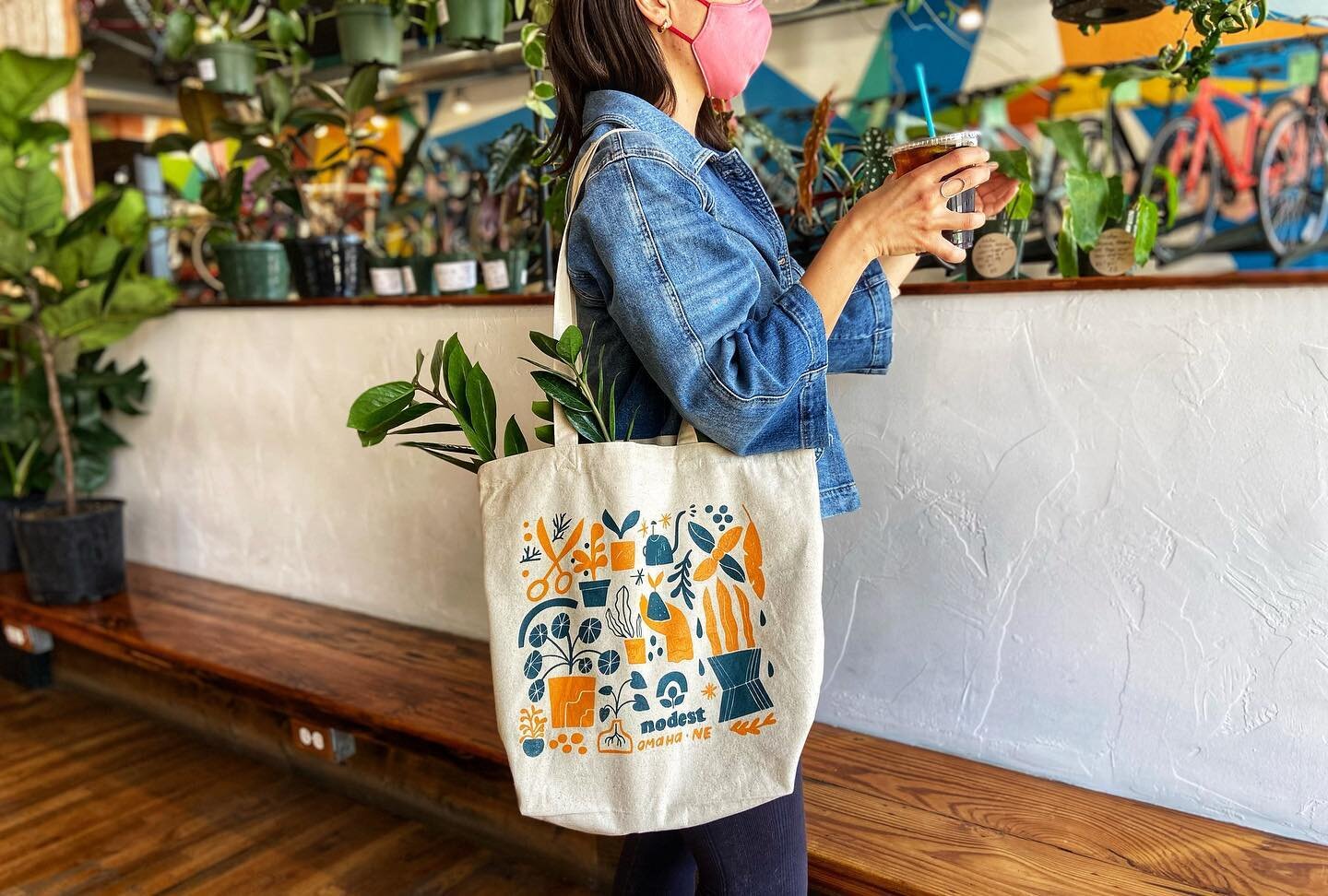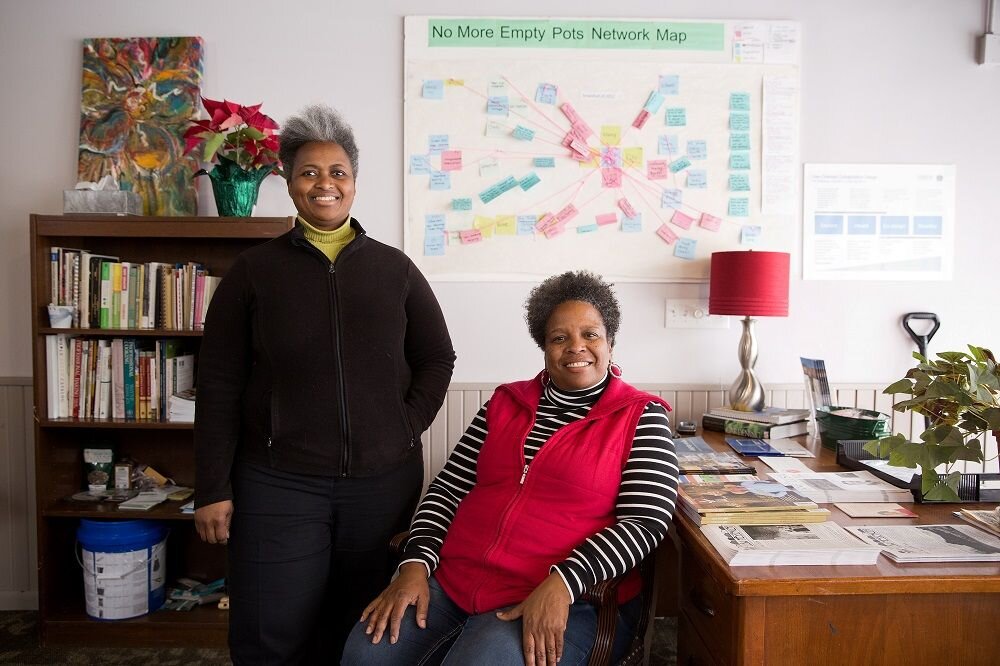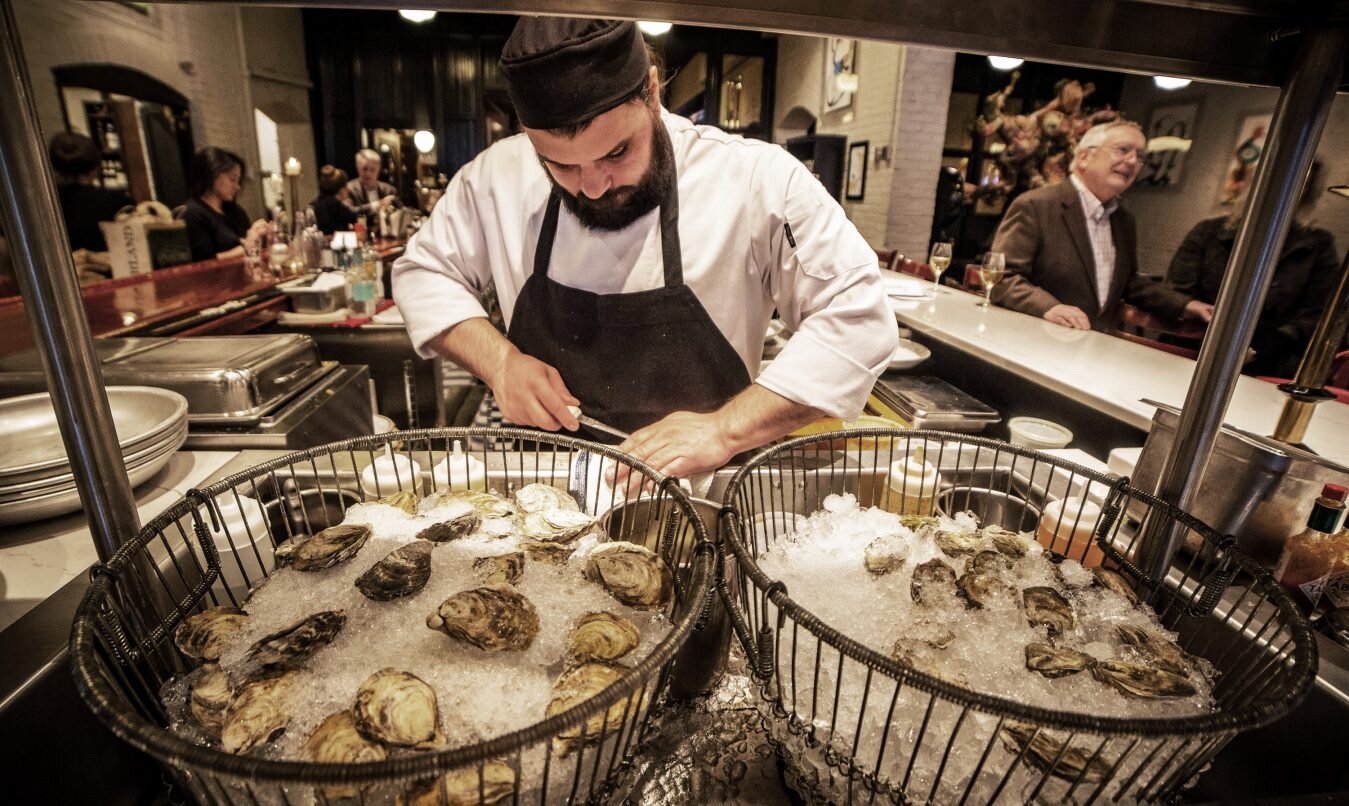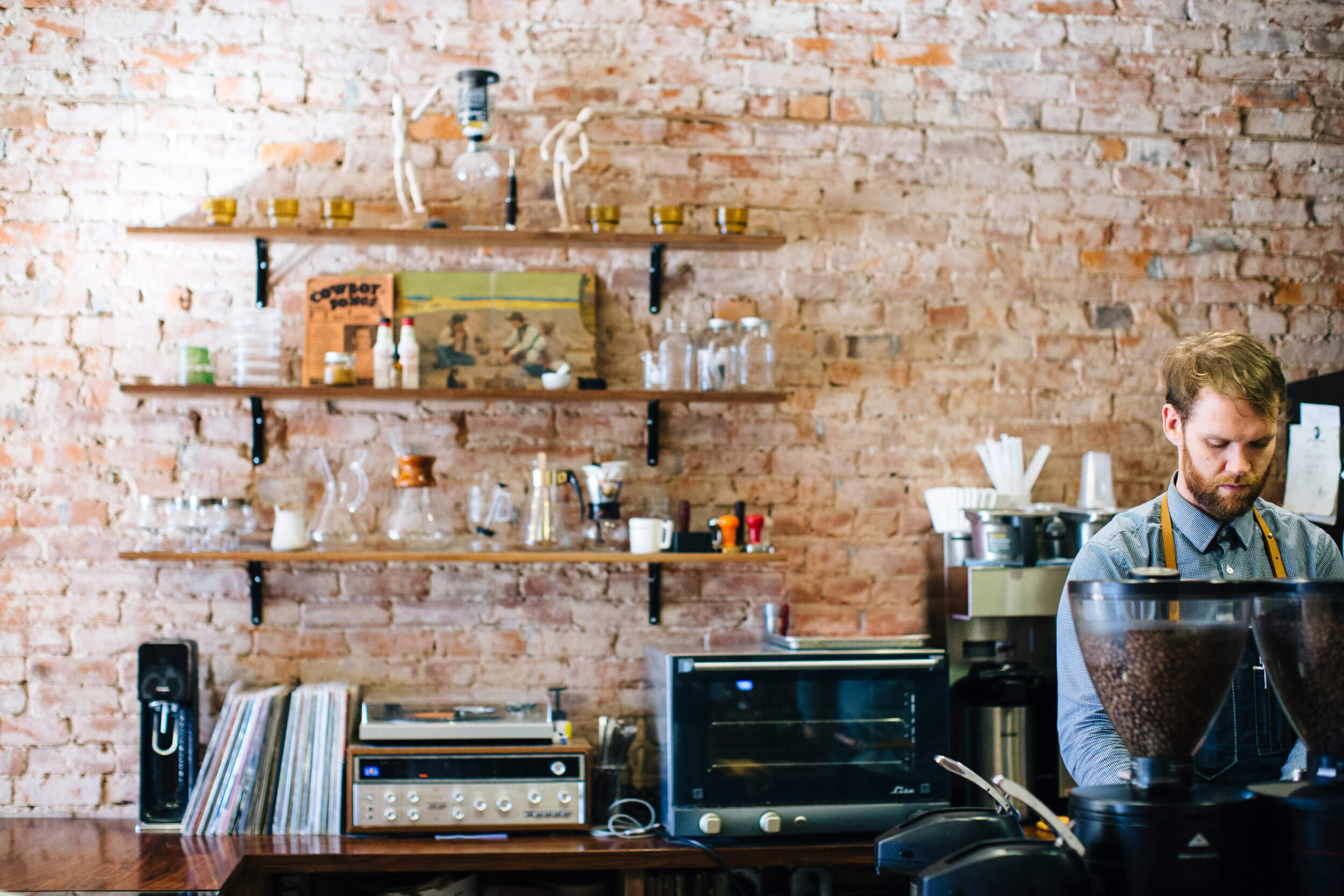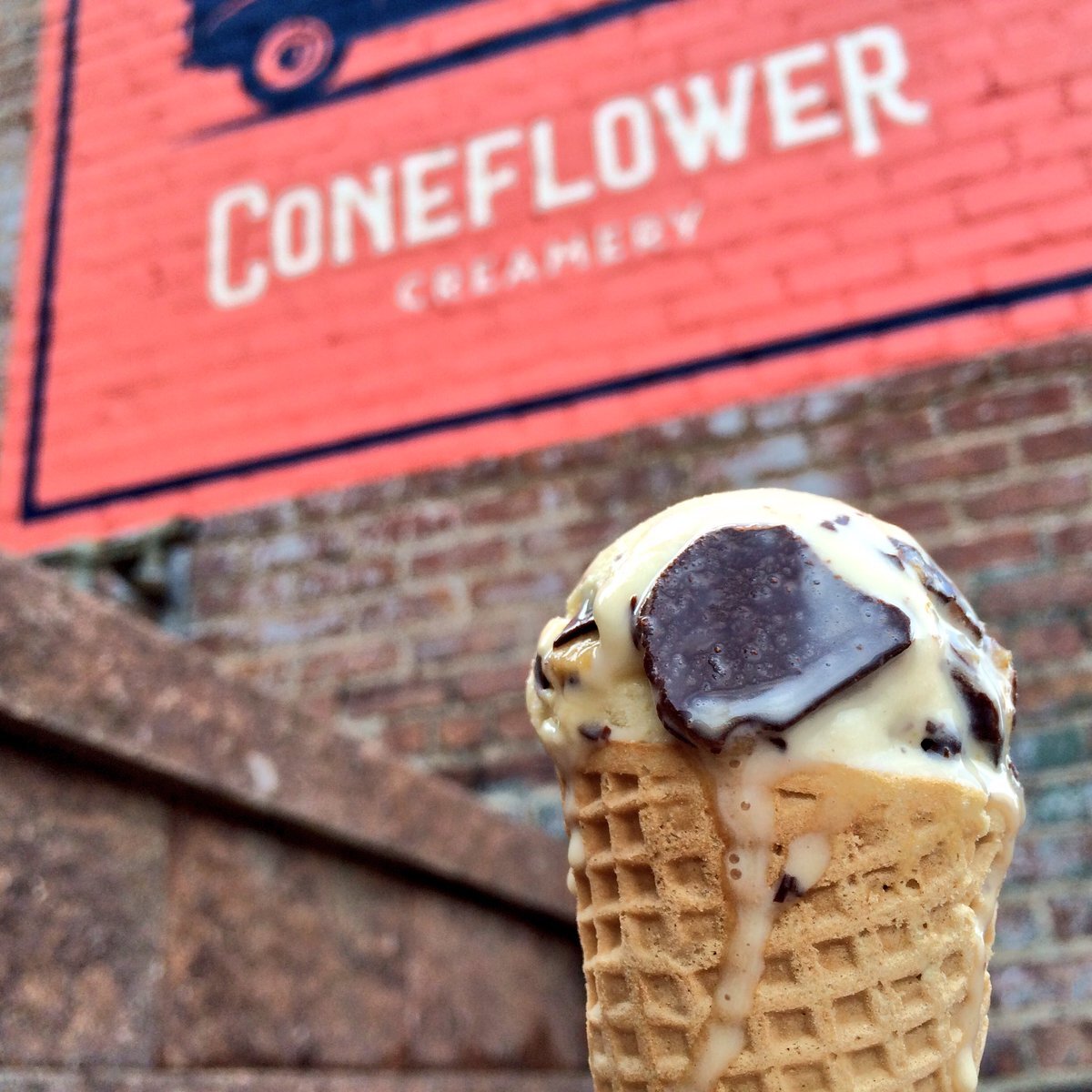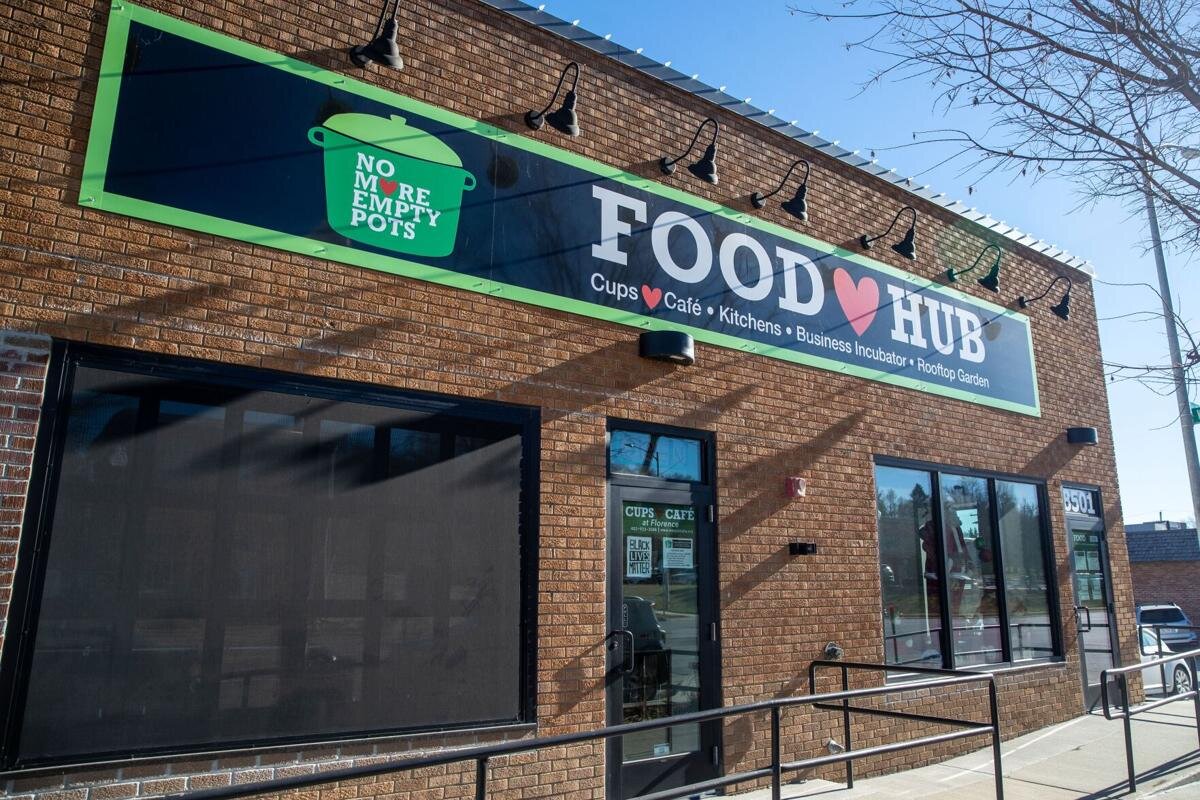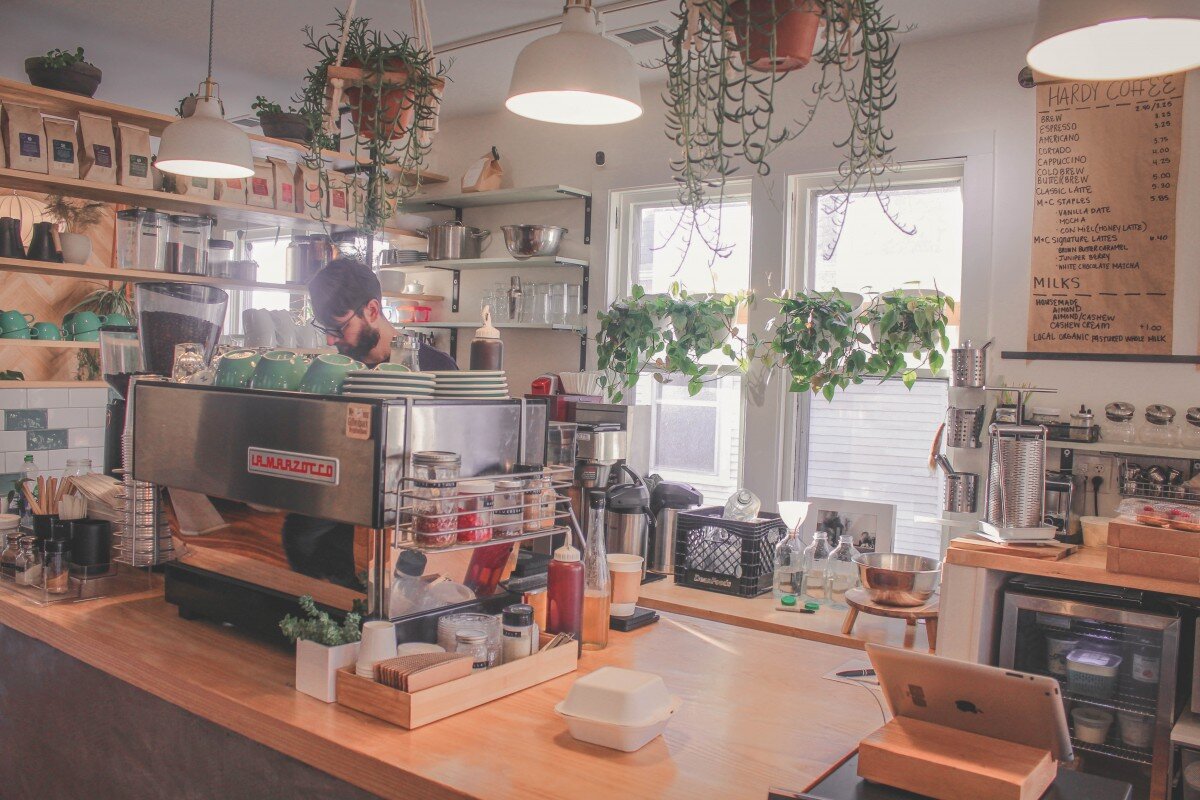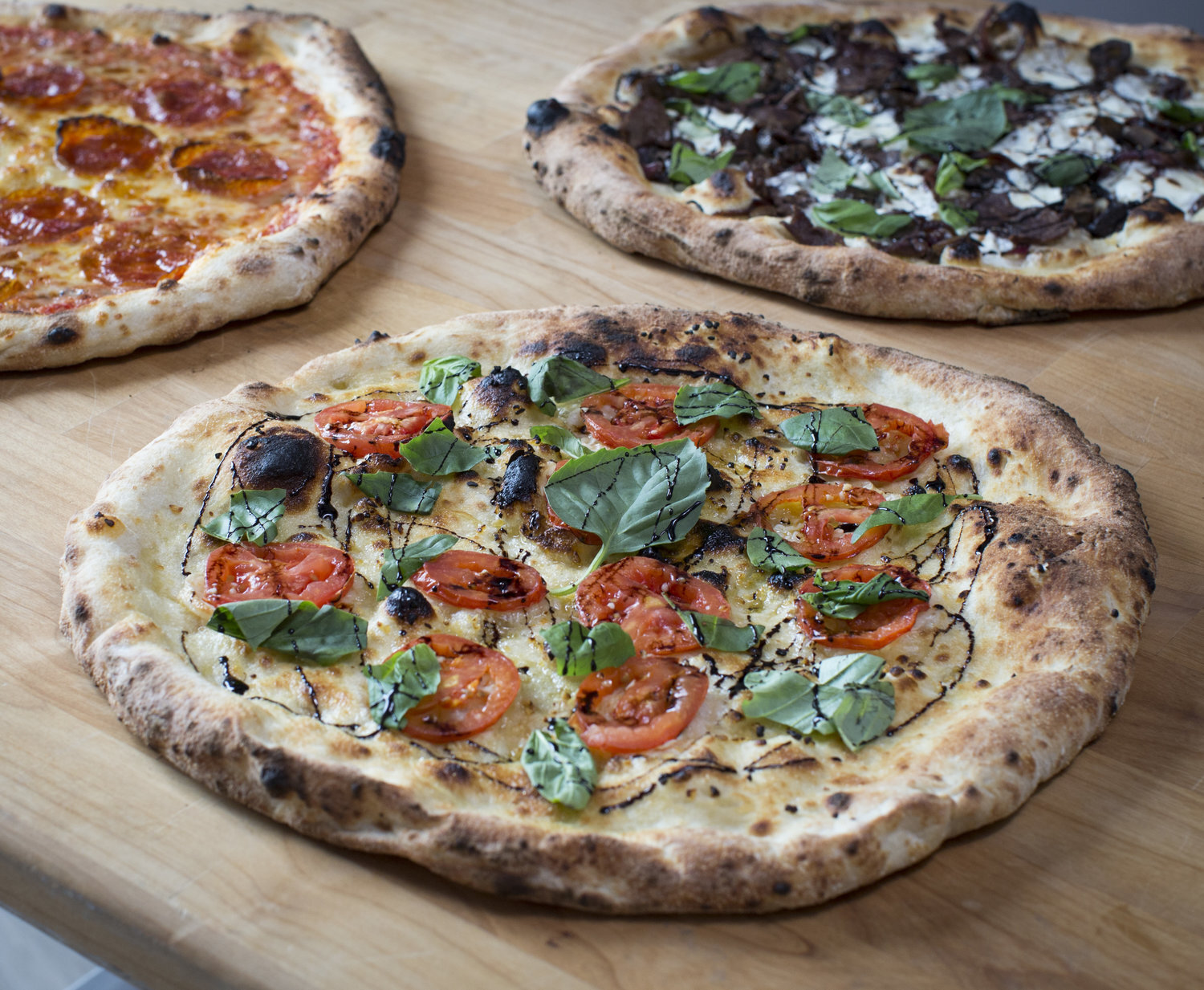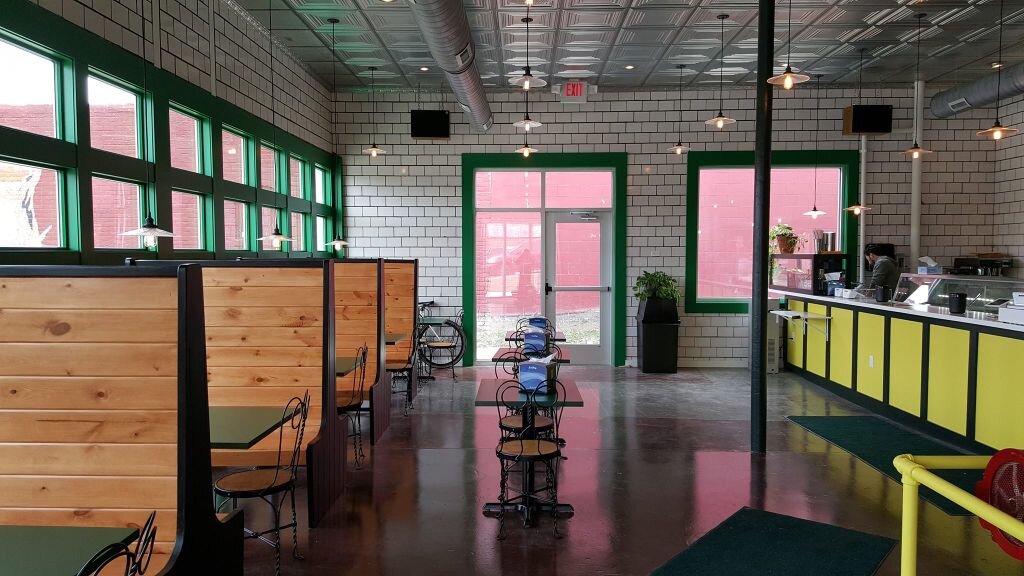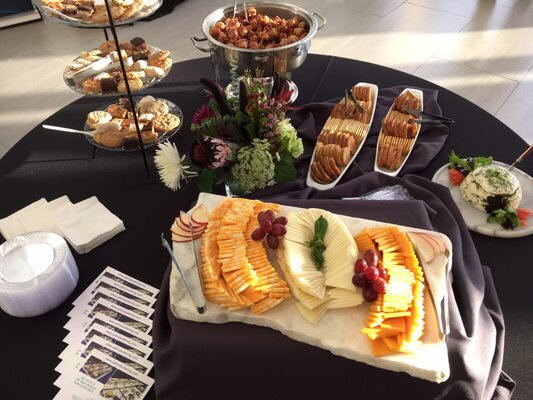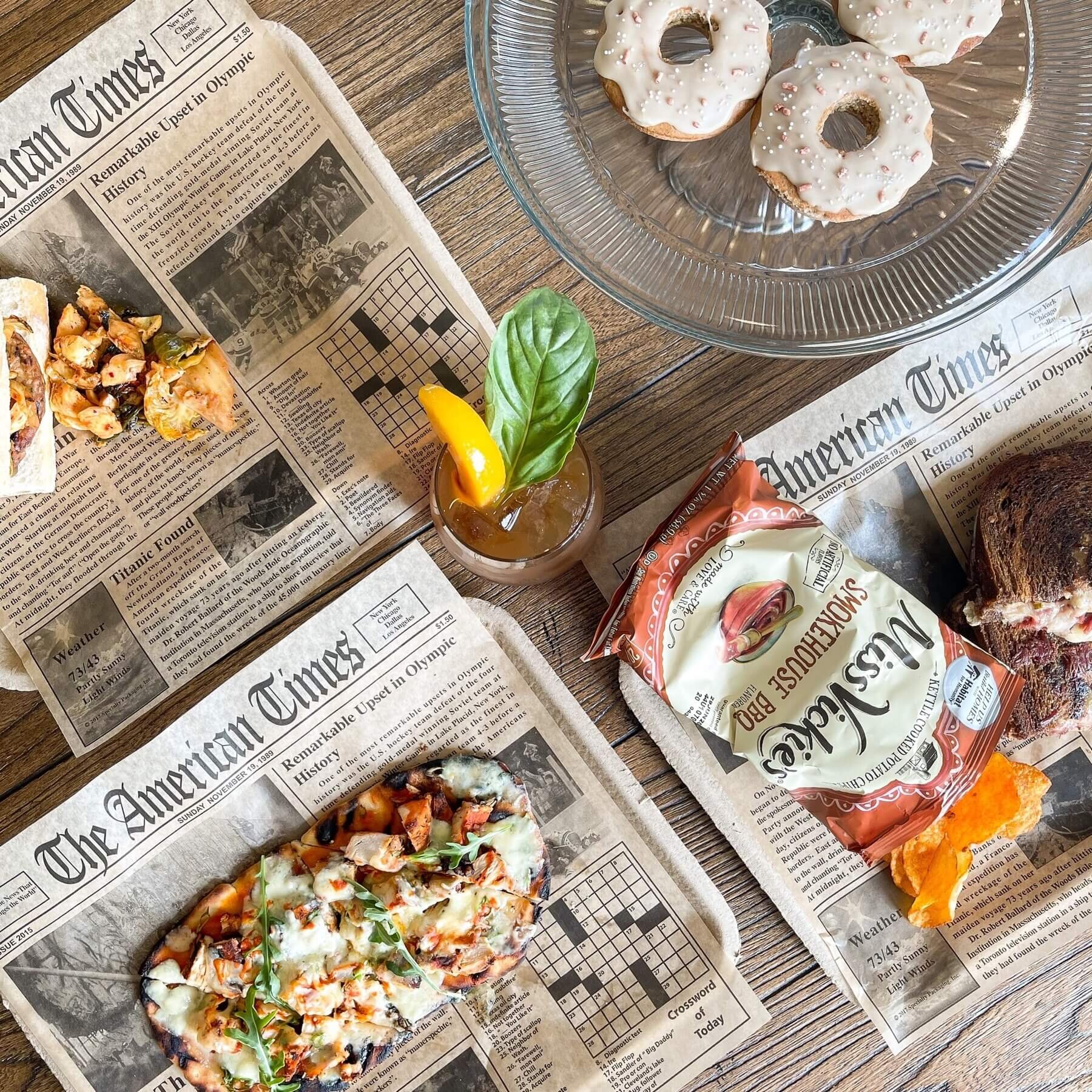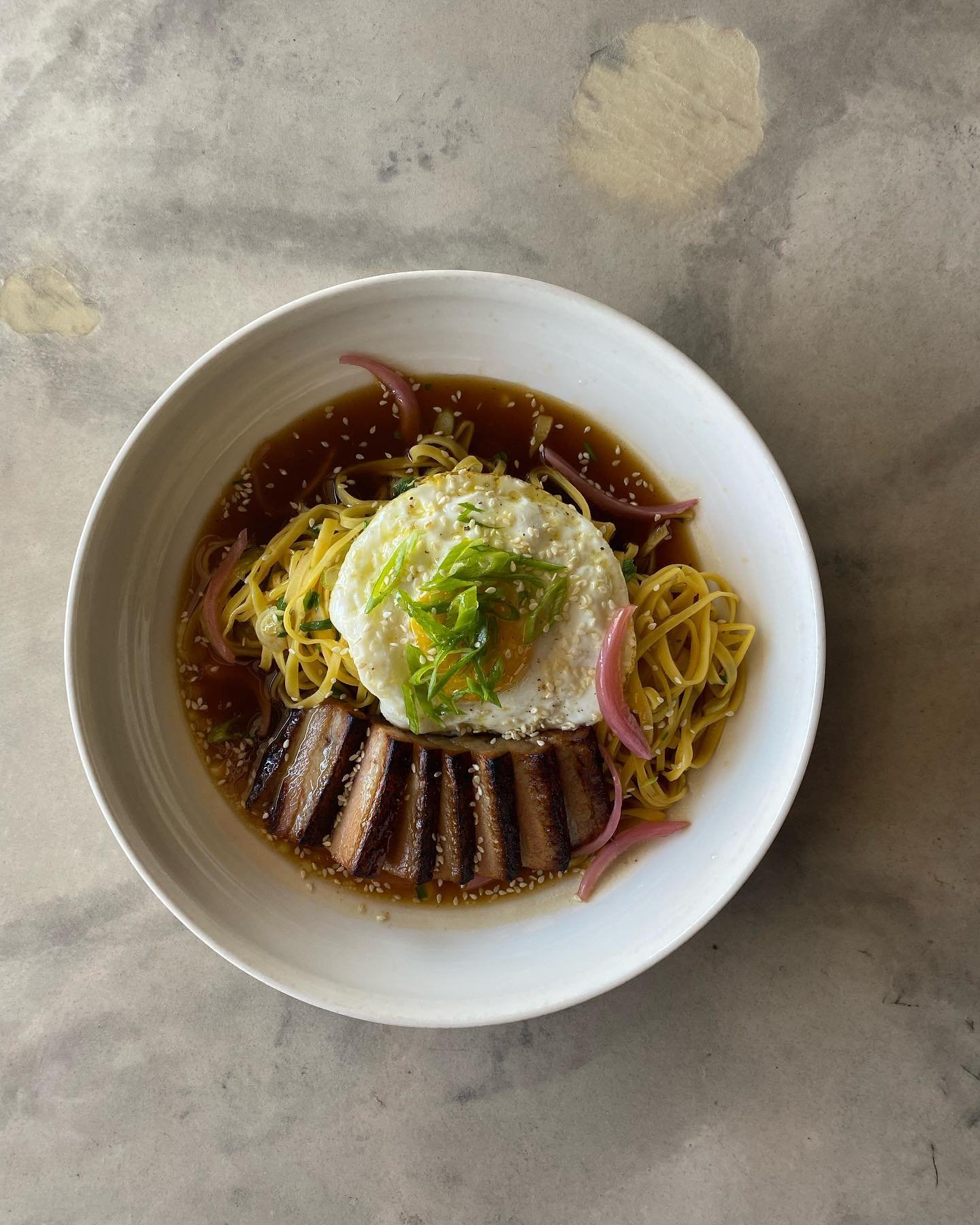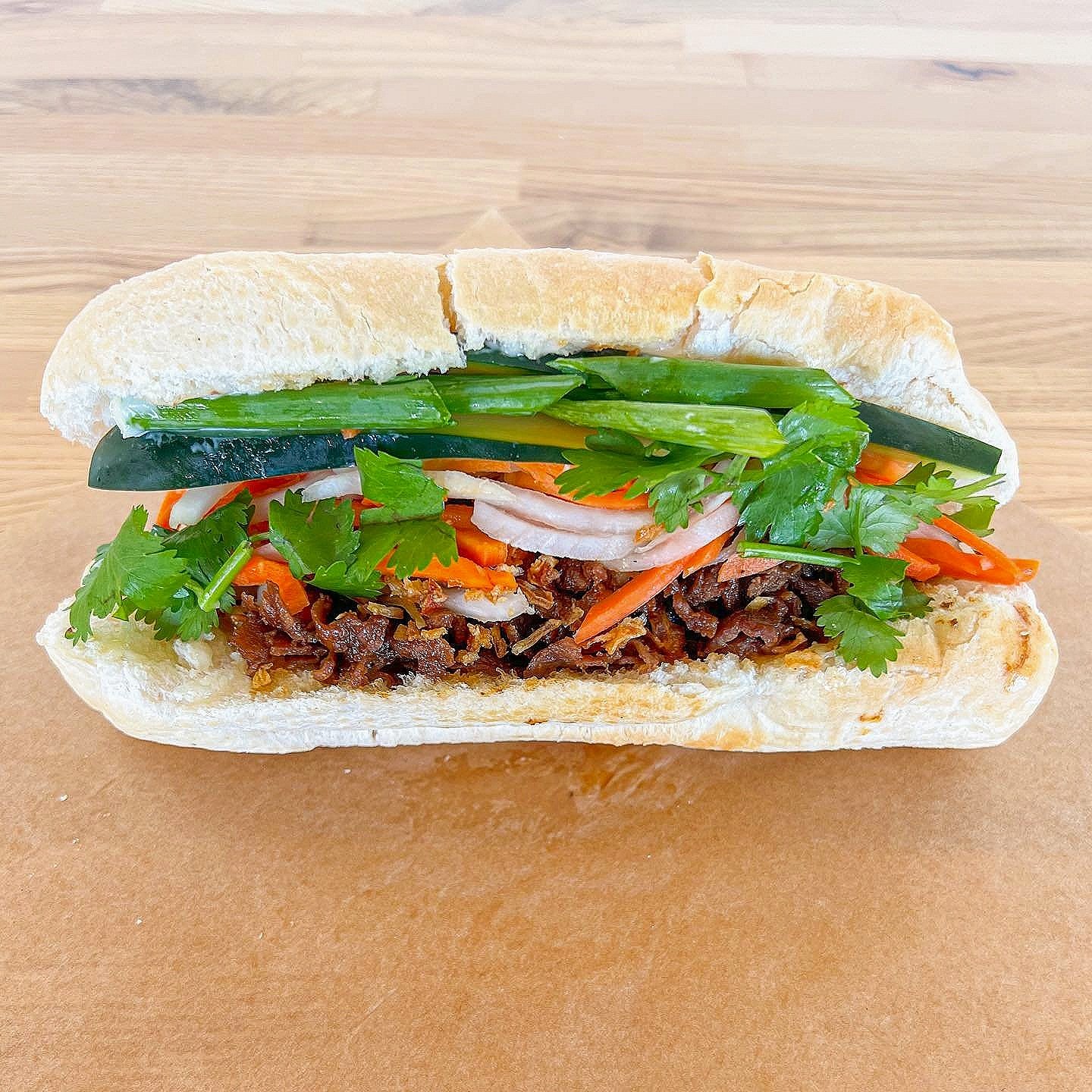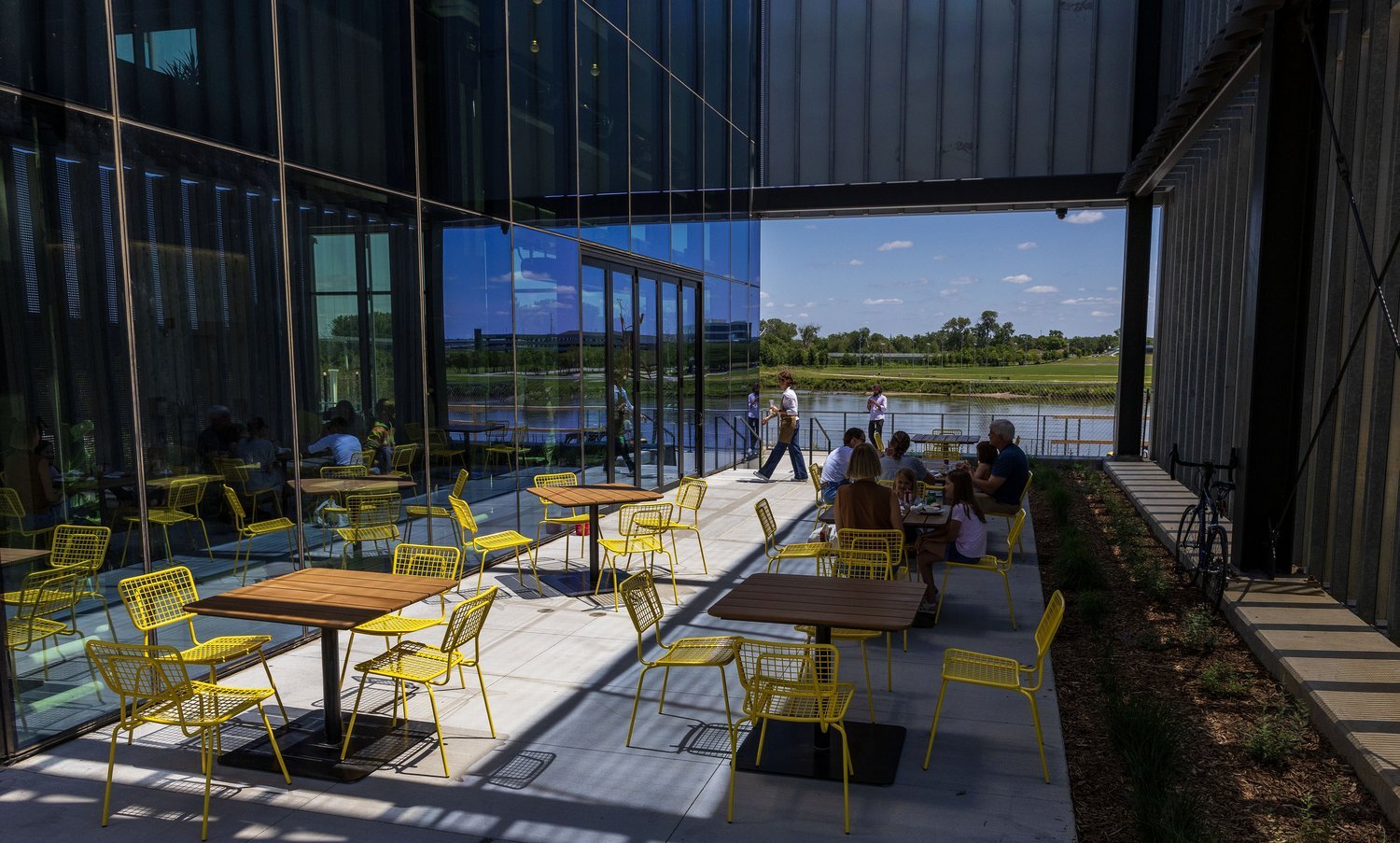Circular Food Economy Guide for Restaurants
Imagine a restaurant that grows its own food at its own farm, composts the food waste, and uses the finished compost to grow the next crop.
It exists right here in Omaha. And we know it as Block 16.
We love that for them. But let’s be real. Most restaurants can’t start a farm anytime soon.
No worries. As a local recycle and composting hauler, we’re partnered with all the best eco-friendly eateries in Omaha. We’ve collected all the tips and tricks they are deploying. And we’re gonna share it with you.
So if you’re in the service industry, load up your cup with espresso (or Fernet, depending on when you read this) and dive into how you can get your restaurant into the circular food system …
The movement is for real. Here’s a list of some of the eco-friendly restaurants, coffee shops, and eateries in Omaha.
What is the Circular Food Economy?
Most restaurants are in the linear economy. We call it the “take, make, waste” model. It’s where you take something from the Earth (your ingredients), make something from it (food you serve), and trash anything left along the way.
The box it came in, the food prep scraps, and the leftover food all go to the landfill to be buried in a hole forever. End of story.
In the circular economy, the story never ends. Instead of landfilling, you’ll recycle that box and have the food composted. In theory, the box will become a new box for your next order. The composted food will feed the next round of crops you’ll use.
Sounds great, huh? So why don’t we have that for everyone now? …
That’s because the old and conventional food system did a few things very well. It allowed cities to grow, trade between countries to flourish, and our economy to explode. But along the way, it’s trashed the environment, torched the soil, and is sending rates of obesity and cancer through the roof.
In contrast, the circular food economy is all about making our food system kinder to the planet and healthier for people. It's about wasting less food, reinvesting in the systems you rely on for food, and buying local.
The result? You’ll help stop climate change, rebuild biodiversity, have tastier food, and attract eco-conscious consumers that are open to spending more.
Here’s how we’re going to do it in 3 steps …
Source food grown regeneratively and locally
Create better dishes (and tell people about it)
Maximize food opportunities
Source Food Grown Regeneratively and Locally
Wanna watch a beautiful and inspiring film that’ll show you what we’re talking about? Watch Kiss The Ground on Netflix tonight.
Say you’re married. Every day when you come home, you trash the house, spend all the money, and ignore the needs of your spouse.
How long do you think that relationship would last?
Well, that’s exactly what conventional farmers do to our planet. But instead of wearing grease-stained wife beaters, they are destroying the soil they rely on, killing the bee and bat population they need to pollinate food, and releasing a bunch of carbon into the air that’s accelerating climate change.
Farmers know they are horrible husbands and wives to the earth. But many are trapped.
They buy just a handful of seeds that are created and owned by chemical companies (lack of biodiversity). They then buy the chemicals engineered to grow those seeds (aka poison). To maximize results, they do what’s called monocropping (more lack of diversity). And since this process trashes the soil, they have to use more chemicals each year to get the same amount of food.
Switching to more Earth-friendly practices takes some patience and re-education. Many farmers don’t want to take the risk. So they become dependent on this broken system.
Meanwhile, there’s another type of farming we call regenerative. This is like a husband who makes money, cooks, cleans, and snuggles with the family on the couch at the end of a long day.
In farming terms, they are profitable while making our planet healthier. They do things like crop rotation, cover cropping, composting, use a variety of seeds, and bring back the bee and animal populations.
Fortunately, there are a bunch of trendsetters already doing this. As someone who buys produce and meat, your goal is to buy from them.
And no, you’re not gonna find these studs on www.farmersonly.com. But we did compile a list below to get you started.
“Our food is sourced with carbon emissions in mind, using as many domestically grown ingredients as possible. We strive to make a balanced menu that is both nourishing to our bodies as well as our planet by working with local farmers and using seasonal ingredients.” — Tim Maides, Owner & Head Chef of Dolomiti Pizzeria & Enoteca
Where to Buy Locally
Buying local reduces carbon emissions (gas used to transport) and gets you fresher food that tastes better and lasts longer (less spoilage). UNL’s Institute of Agriculture and Natural Resources has a super helpful map of Nebraska farmers. We’ve also listed some of our favorites below (including sites in Iowa that this map doesn’t cover).
Where to purchase local produce:
Where to purchase local micro-greens:
Where to buy local mushrooms:
Where to buy local meat, dairy, eggs:
Create & Market Better Food
Tell your story …
So congrats. You’re buying local food. But you realize something … since you’re not getting cheap food produced cheaply and sent over to ya, your food costs have gone up.
So now you’re charging more. No worries, as market research shows consumers are willing to pay more for stuff if they know it’s good for the planet. But you’re going to have to tell them why your food costs more than the Big Mac down the street.
This is where stories come in handy. Tell them it’s local. Name the farm. Describe the love and care that went into producing it. Why you chose it. How the tomatoes remind you of the first home-grown tomato you had as a kid while getting lost in Grandma’s summer garden. Describe the sweet, juicy, and tangy undertones. Let them know it’ll make their mouth involuntarily gleek while providing just the right amount of acid to the thoughtfully crafted burger they’re biting into.
Here’s how Block 16 did it …
The Urban’s of Block 16 have access to a family “century farm” (aka been in the family for 100+ years) where they source a bunch of food from. They also constructed a geothermal in-ground greenhouse so they can source food year-round. They have this great webpage that romanticizes their amazing food story and lists their food vendors. As a James Beard Award semi-finalist, they are known for their burger. Right from the menu page on their website, here’s how they market it …
Certifications and more marketing ideas …
Wanna get a badge that certifies you as a green restaurant? That’s what the Green Restaurant Association is for.
Grey Plume was the first in the state to get certified (RIP to the Gods). Then Switch Food Hall in Blackstone was the first food hall in America to get it (crazy, right?) Check out our breakdown of how they got it. Currently, No More Empty Pots Food Hub and it’s coffee shop are holding the crown. You can see their report right here. (BTW, the recycling and composting program we provide them gave them the biggest bump in points).
As of writing this, no full-service restaurant in Omaha is currently certified. But soon, Chef Tim Maides tells us his new restaurant Dolomiti Pizzeria is going for it. But as Maides shared, certification can entail investment in eco-friendly equipment and faucets.
If you don’t have that ability, we have three other ideas:
We now have an annual eco-awards. If you do great work, we’ll reward it with a repurposed bowling trophy you can show off.
Anyone who recycles or composts with us can get a cool window sticker as you see above.
We have a marketing guide you can use to tell your customers about the eco-investments you’re making.
Maximize Food Opportunities & Reduce Waste
A third of all food produced annually — worth 1 trillion — is tossed out around the world. That’s a pretty big fail. Especially since 10% of the global population is starving. We know you hate wasting food, so here are some local options and examples …
How the Best Fine-Tune Their Inventory
Our composting partners at the CHI Health Event Center via the Levy Restaurant Group and Kiewit University have a wonderful tracking program, WasteNot2.0. Anything they don’t use they weigh, record, and then either donate or compost. Using the WasteNot2.0 software, they have incredible data that they use to inform future orders.
In the chart, you can see that CHI Health Event Center measured 3.3 tons of unused food over 5 months. Of that, 23% fed people via Saving Grace, and 75% of it was composted with us. That’s just 2% they landfilled. Impressive!
Using What You Toss
Get creative with using the bits and pieces you typically toss in the food prep stage. For example, Grove Juicery composts with us. But they also use a portion of the unused juice fiber for dehydrated chips.
Feed the Hungry Before Feeding Landfills
Saving Grace will literally come to your restaurant, pick up unused food, and deliver it to shelters the same day. All for free. And you can’t be sued if someone (unlikely) gets sick!
Doing this will also foster a sense of goodwill that your marketing person will love to talk about. Plus you won’t have to spend money to have a trash hauler (like us) take it somewhere.
Donate Food Scraps to Local Farms
Next, if you can’t feed humans, feed the animals! Depending on what you have and how much of it, there are local ranchers that come into town to pick up food for their animals. For example, the grain leftover from brewing beer is a hot ticket item for cattle and pigs. Our recycling partner Scriptown Brewing sends its “brewers’ spent grains” to a local farm. (Can we get an invite to that happy hour?!).
In 2023, we collected a bunch of pumpkins and gourds after Halloween. We then sent them up to Little Mountain Ranch in Fort Calhoun to feed pigs (and then promptly joined their CSA meat program and ate the pigs).
Could any of the local farmers/ranchers you buy from use your leftovers? Ask them!
Eco-Conscious Packaging Solutions
(aka Ditching Single-use Plastics)
You make a beautiful dish and then stick inside a junky chemical-leaching styrofoam box. That’s gotta suck, right?
Kitchen Table thought so, too. So they decided to be the first restaurant in Omaha to use 100% BPI-certified compostable to-go ware. Now it’s pretty trendy. But don’t go online and click on the first thing that says “biodegradable.” It’s the wild wild west out there for supposedly “compostable” utensils and cups that secretly have hidden plastics or naughty PFAS “forever chemicals.”
So good news: we can sell it to you (or verify what you’re getting is legit).
But one thing you should know: if compostable serveware doesn’t come back to us to be composted, it’ll wind up in a landfill and put off methane gas. This kind of defeats the purpose of your eco-aspirations.
All good. Here’s a work around: you can host a community drop-off cart for compostables and your compostable take-out stuff at your location. We have this cool residential plan called Compost Club with 1,500 subscribers that would love to patronize your place if they knew you supported composting. Places like Bad Seed Coffee, Conscious Comforts, and Bahn Mi Shop do this.
But there’s another route: get ride of single-use items all together (aka things you use only once and toss like plastic utensils). The leader of the pack here in Omaha is Amateur Coffee House.
There’s absolutly zero paper coffee cups or single-use utensils in the building. When you get a to-go coffee, you pay a little extra for a glass jar instead. You can return it for a refund, bring it back to use again, or skip the expense and bring your own cup. Same with forks! They are metal. They for real just hand you real reusable utensils. It’s so punk. Read all about their policy here.
Finally, Compost & Recycle What’s Left (We Can Help)
Join the Best & Most Eco-friendly Places to Eat in Omaha list by setting up a kick-ass commercial composting and recycling system. If your main focus is on back-of-house, it’s super easy to implement. By composting, you’ll be reinvesting in local farms and gardens. And we have special small business pricing.
How our composting service works: Businesses place compostable material into a 64-gallon cart we provide. Including all meat, dairy, and bones. Our service team empties the carts at least once a week. We transport it to our facility where it breaks down into nutrient-rich soil. Then it goes back into our community to help farmers, landscapers, and gardeners (or back to the business itself) to grow plants & foods without the use of chemicals.
Just watch ol’ Benjie from Au Courant in the video above talk about how legit it is. This was a short documentary shown at the Omaha Film Festival. You’ll also see how they source from a local tomato producer that grows organic food using our compost, then sells organic tomatoes to Au Courant, who then compost any food waste back with us before the process starts again.
We Do Free Consultations
If your head is spinning on where to start, just hit us up. We also do free consultations and can help you identify opportunities.
By partnering with us, you can seamlessly integrate sustainable practices that not only reduce waste and support local ecosystems but also attract a growing demographic of environmentally aware customers. And even if you’re not ready for all that, we also offer plain old trash pickup like Abe’s, Waste Management, or Papillion Sanitation.
For more detailed insights and guidance on implementing recycling and composting, check out our Zero Waste Guide.

